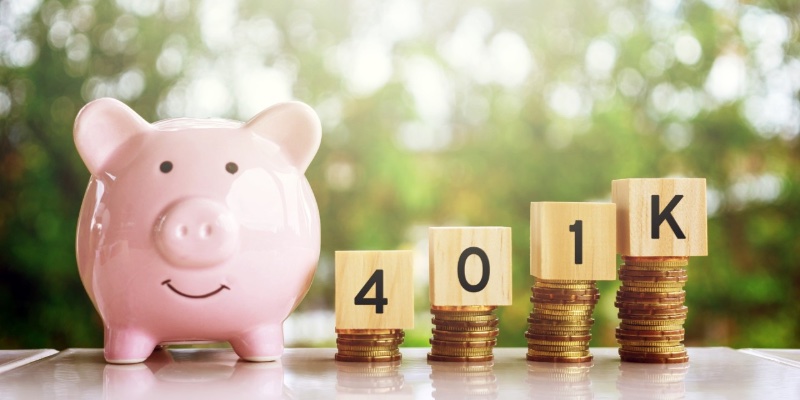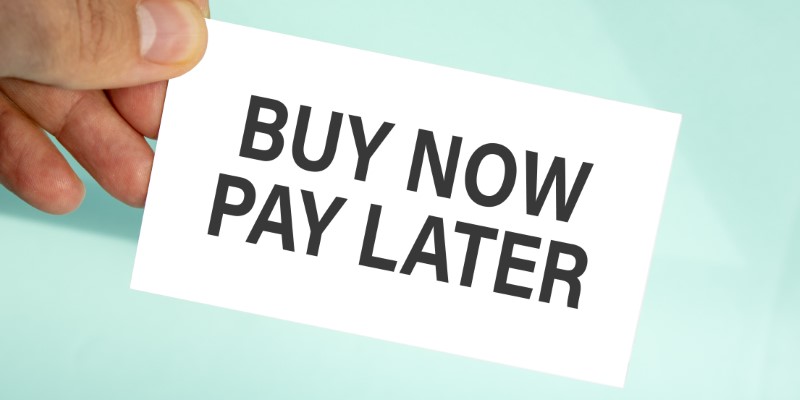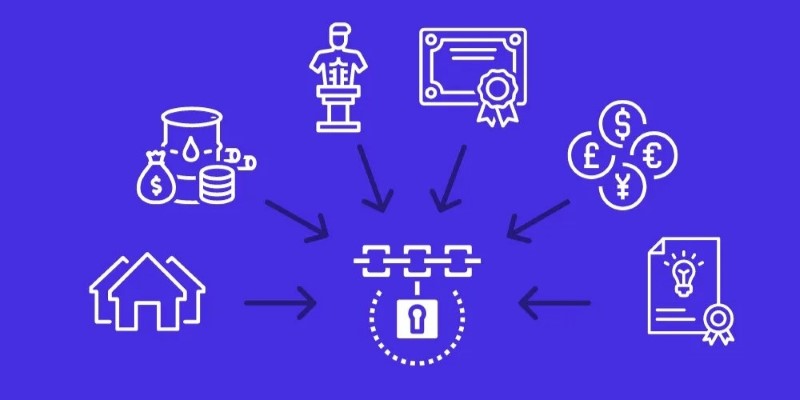Saving For A Down Payment on Your First Home
Saving for a new home’s down payment is an exciting but often daunting task. It's a significant financial milestone that marks the beginning of your journey toward homeownership. Whether you dream of a cosy apartment in the city or a spacious house in the suburbs, first home down payment or setting aside the funds needed for that initial investment requires careful planning, discipline, and patience.
In this blog, we'll explore practical strategies to help you reach your down payment for your first home savings goal faster, making your dream of owning a home a reality sooner than you might think.
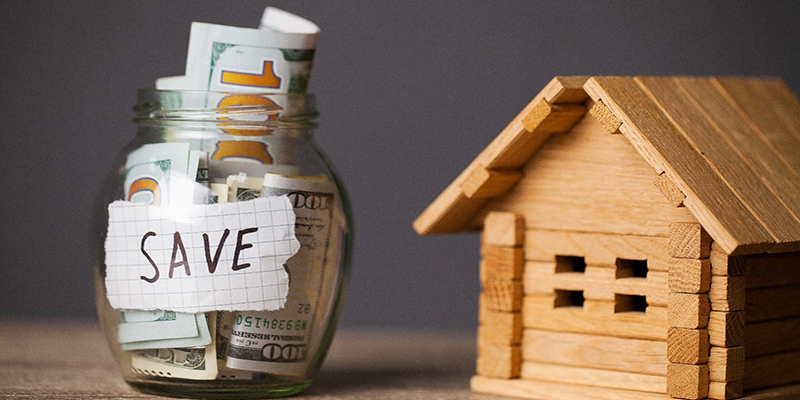
Understanding the Down Payment
What is a Down Payment?
- Definition and Purpose: A down payment is the upfront cash you pay when purchasing a home, reducing the amount you need to borrow.
- Typical Percentages: Depending on the mortgage type, down payments typically range from 3% to 20% of the home's purchase price.
Why is a Down Payment Important?
- Benefits of a Larger Down Payment: A higher down payment can lead to lower mortgage rates, reduced monthly payments, and possibly avoiding private mortgage insurance (PMI).
- Impact on Loan Approval: A substantial down payment strengthens your mortgage application, improving your chances of approval and better loan terms.
Setting a Realistic Savings Goal
Determining Your Target Amount
- Calculate Your Target: Estimate the down payment amount by researching home prices in your desired area. Typically, this ranges from 3% to 20% of the home's price.
- Include Additional Costs: When setting your savings target, remember to factor in other expenses like closing fees, property taxes, and moving costs.
Assessing Your Current Financial Situation
- Evaluate Finances: Examine your income, monthly expenses, and current savings closely to determine your financial situation.
- Adjust Your Budget: Identify areas where you can cut back or adjust your budget to increase the amount you can save each month toward your down payment.
Creating a Savings Plan
Establishing a Timeline
- Set a Realistic Timeframe: Based on your financial situation and desired home price, determine how long it will take you to reach your savings goal.
- Break It Down: Divide the total amount by the months until your target date to set achievable monthly savings goals.
Choosing the Right Savings Account
- Explore Account Options: To grow your savings faster, consider high-yield savings accounts, certificates of deposit (CDs), or other investment vehicles.
- Keep Funds Separate: Ensure your down payment savings are separate from your everyday expenses to avoid unintentional spending.
Strategies to Accelerate Your First Home Down Payment
Budgeting and Cutting Expenses
Reduce Discretionary Spending
Start by identifying non-essential expenses like dining out, entertainment, and subscription services. Consider cooking at home, choosing free or low-cost activities, and cancelling unused memberships. This will free up more money to contribute toward your down payment savings.
Track and Manage Spending
Use budgeting tools or apps to monitor your spending habits. Set up categories for your expenses and compare them against your income to see where you can cut back. Review your budget regularly and make adjustments as needed to stay on track with your savings goals.
Increasing Your Income
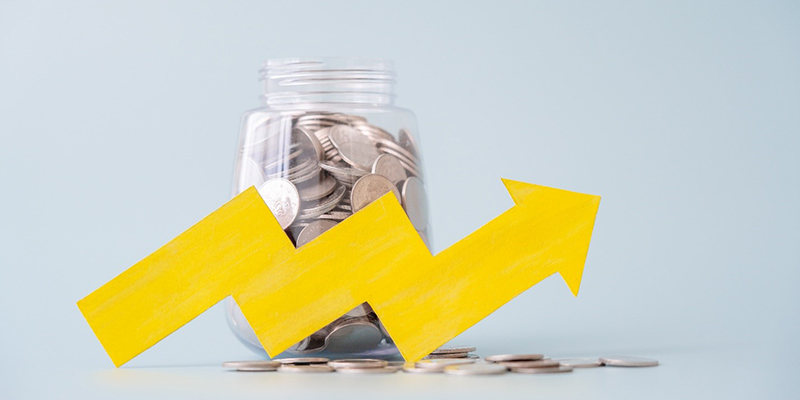
Explore Side Jobs or Freelance Work
Consider taking on a part-time job, freelancing, or participating in the gig economy to generate extra income. Platforms like Upwork, Fiverr, or even local gigs such as dog walking or ridesharing can provide additional funds to boost your savings.
Utilize Bonuses, Tax Refunds, and Windfalls
Direct any unexpected income, such as work bonuses, tax refunds, or inheritance, directly into your down payment savings. These lump sums can significantly accelerate your progress without altering your regular budget.
Automating Your Savings
Set Up Automatic Transfers
Arrange for a fixed amount of your paycheck to be automatically transferred to your savings account each month. This ensures consistent contributions and removes the temptation to spend that money.
Use Apps and Tools to Save
Leverage apps like Acorns or Qapital that round up your everyday purchases to the nearest dollar, automatically saving the spare change. These small amounts can add up over time, helping you reach your savings goal with minimal effort.
Exploring Assistance Programs for the Down payment for your first home
First-Time Homebuyer Programs
Overview of Government Programs
First-time homebuyers can access various government grants, loans, and tax credits designed to make homeownership more affordable. Programs like FHA, USDA, and VA loans offer lower down payment requirements, reduced interest rates, and other financial incentives.
Finding and Qualifying for Assistance
Research local, state, and national offerings to take advantage of these programs. Websites like HUD.gov or your state's housing authority can provide valuable information. To qualify, you must typically meet income limits, credit scores, and property location criteria.
Employer Assistance
Investigating Employer-Sponsored Programs
Some companies offer homebuyer assistance as part of their employee benefits package. This could include direct financial support, down payment assistance, or access to special mortgage rates through lending partnerships.
Benefits and Drawbacks
While employer-sponsored assistance can provide valuable help, it's essential to consider any potential drawbacks. For instance, accepting employer assistance might come with conditions, such as a required length of service with the company, or it might affect your tax situation. Evaluate these factors before committing to ensure they align with your long-term goals.
Staying Motivated and Avoiding Common Pitfalls
Celebrating Milestones
Set Mini-Goals
Break your overall savings target into smaller, manageable milestones. For example, celebrate when you save your first $1,000 or reach 25% of your goal.
Reward Yourself
Each time you hit a milestone, reward yourself with a small treat or experience that doesn't derail your savings. This could be a favourite meal at home, a day out at a free event, or a modest purchase you have been eyeing.
Avoiding Debt and Large Purchases
Impact of New Debt
Taking on new debt, such as car loans or credit card balances, can negatively affect your debt-to-income ratio and credit score, making it harder to qualify for a mortgage. It also reduces the amount you can save each month.
Maintain a Strong Credit Score
Focus on paying down existing debts and avoid large purchases that require financing. Keeping your credit utilization low and making timely payments is crucial for maintaining a solid credit score, which can lead to better mortgage terms when you're ready to buy.
Conclusion - Saving for a New Home
Saving for a down payment on your first home is crucial to achieving your homeownership dreams. Setting a realistic savings goal, creating a detailed plan, and exploring available assistance programs can make this significant milestone more attainable. Remember, staying motivated through small rewards and maintaining financial discipline by avoiding new debt will keep you on track. With careful planning and dedication, you can reach your savings target and move closer to owning your first home. Start today, and turn your homeownership dreams into reality sooner than you might have thought possible.
